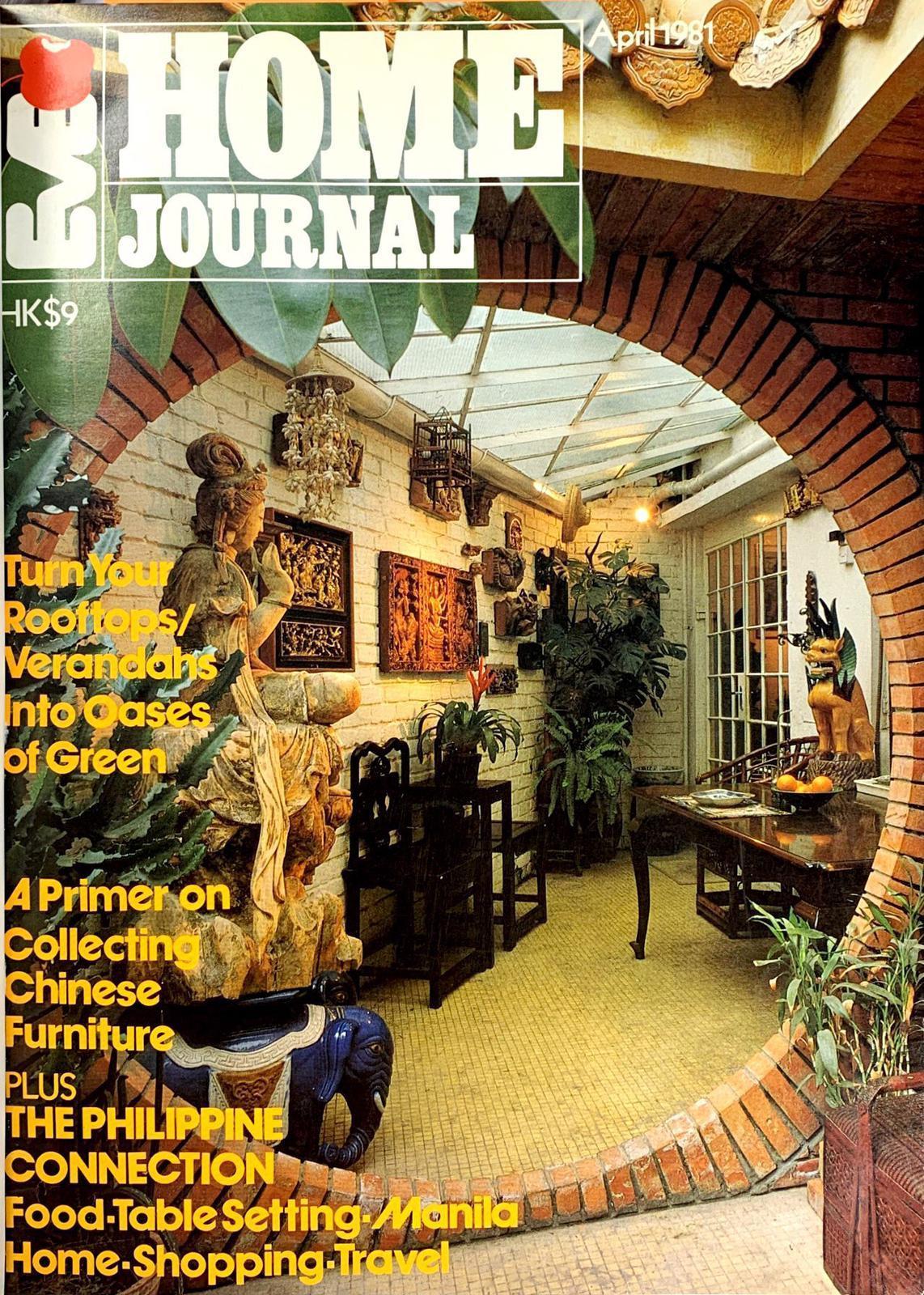As we edge closer to Home Journal’s 39th anniversary – our maiden issue was first published back in October 1980 – we invite our readers down memory lane as we rediscover some of the most unforgettable stories, powerful personalities and one-of-a-kind photoshoots that have graced our pages. Every week, we present a look back at our magazine through the decades:

Whether in sterling silver or silver-plate, table articles and accessories which are frequently referred to under the collective name of “silver”, constitute some of the proudest possessions of any hostess. Interestingly, they also make some of the most time-enduring and valuable investments.
A feature in Home Journal’s April 1981 issue delves into exactly what and how to buy silverware. We recommend that on a limited budget, start with spoon, fork, knife and teaspoon. You can buy one place setting at a time and build up your set as you go along. You can also later on expand your collection into items such as coffee and tea service, gravy boat and tray, butter dish and compotier.

Because buying silverware involves a considerable outlay of money, care should be taken in purchasing them. Here are a few guidelines:
1. Patterns should be chosen to harmonise with the furnishings and appointments of your dining area. It should also suit your individual taste and lifestyle.
2. Sizes and shapes of silverware vary from manufacturer to manufacturer. Check these before you buy. Hold the piece in your hands; is the balance right? Does the end of the handle fit nicely into the palm of your hand?

3. Check the pattern. Some patterns come and go and never to be repeated again, leaving you with an incomplete set. Make sure the pattern is not one that is likely to be discontinued after you purchase, especially if you are limiting your initial purchase to the basic spoon, fork and knife setting in the hop of filling up the rest later.
4. Some manufacturers make hollow ware to match their range of flatware. Others do not. While it is not necessary to have everything to match – that would be boring – it is attractive to have some sets that do match.
Hero image photographed by Hoshing Mok.
See also: Blast From The Past: 10 Ways To Do Things Smarter At Home






